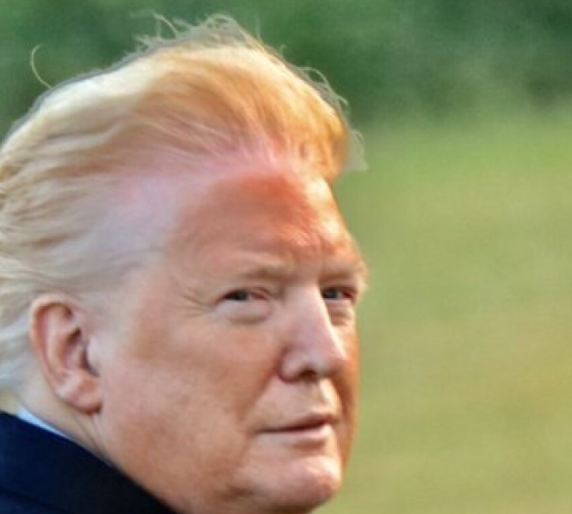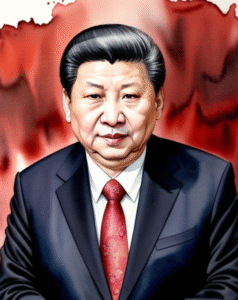$SPY $DXY $NIKKEI
#StockMarket #FinanceNews #EconomicIndicators #JeromePowell #FederalReserve #InterestRates #USDollar #Nikkei225 #MarketTrends #Investing #USFutures #RateCuts
After an extended holiday weekend, the U.S. stock market landscape presented a sobering image as futures dipped, signaling investors’ caution amid a climate fraught with economic uncertainties. The downturn in U.S. stock futures, concluded on Sunday evening, resonated with the broader sentiment of apprehension that has been encircling the financial markets. This decline marked yet another week where the markets have found themselves entrenched in the red, navigating through a maze of investor skepticism and economic indicators pointing to a less than optimistic future. The backdrop of this skepticism is multifaceted, rooted in concerns over inflation, geopolitical tensions, and domestic policy decisions that continue to shape the economic outlook.
The financial markets in Asia mirrored this uneasiness, with Japan’s Nikkei 225 index experiencing a notably volatile start to the week. The fluctuation of the Nikkei serves as a barometer for regional economic health, indicating a shared sentiment of uncertainty that transcends borders, affecting global markets. These movements in the stock and futures markets are juxtaposed against a backdrop of shifting monetary policy expectations in the United States, spearheaded by the public discourse between President Trump and the Federal Reserve. The President’s vocal criticisms of the Federal Reserve’s interest rate policy and his unique pressure for rate cuts have introduced an additional layer of unpredictability into an already volatile financial environment.
Notably, the U.S. dollar experienced a decline amidst this turmoil, illustrating the intricate dance between monetary policy, investor sentiment, and currency valuation. The President’s pressure on the Federal Reserve not only underscores the tensions between government and the monetary authority but also brings to light the complex interplay between the pursuit of economic growth and the need to maintain monetary stability. These developments pose profound questions on the future direction of U.S. monetary policy, especially with President Trump openly advocating for lower interest rates and even going as far as suggesting a change in leadership within the Federal Reserve, hinting at a potential exit for Jerome Powell.
Amid these swirling dynamics, investors and observers alike are closely monitoring the unfolding situation, acutely aware of its implications for the global financial markets. The expectation of lower interest rates typically serves as a boon to stock markets, yet the current scenario paints a more complicated picture, where the potential for rate cuts is entangled with broader economic and political considerations. This delicate balance between stimulating economic growth while preventing financial instability remains at the forefront of discussions surrounding the Federal Reserve’s next moves. As the market navigates through these uncertain waters, the actions of policymakers and the reactions of the financial markets will continue to be under intense scrutiny, highlighting the intricate relationship between fiscal policy, monetary policy, and economic performance.







Comments are closed.